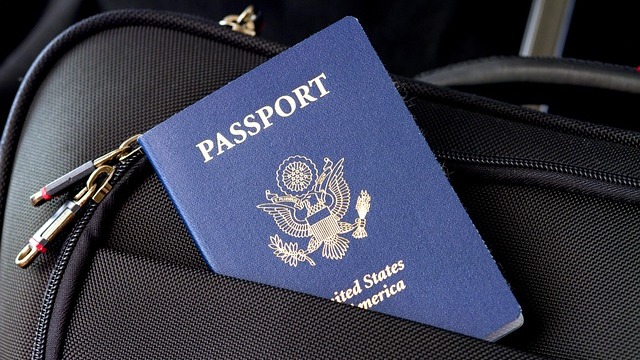
Understanding Judge’s Ruling on Racial Slurs in the Workplace
A recent court ruling highlights the complexities of workplace discrimination as it pertains to the use of racial slurs. A federal judge in Pennsylvania ruled that a Black former employee of Verizon Wireless, who was fired for using an anti-Black slur, did not have grounds for a discrimination claim under Title VII of the Civil Rights Act. This case, Murray v. Verizon Wireless, LLC, raises critical questions about employer responsibilities and the interpretation of protected conduct.
The Incident that Sparked Controversy
The controversy began when the former employee allegedly used a racial slur "under his breath" following a difficult interaction with a White colleague. After the incident was reported by another co-worker, the individual was terminated. The court ruled that the employee could not prove that the firing was racially motivated or that the workplace was hostile. Judge Gail Weilheimer emphasized that Title VII does not mandate uniform treatment of all employees concerning disciplinary actions, rather it protects against discrimination based on race.
Implications for Employers: Lessons Learned
The decision underscores the importance of clear anti-discrimination policies within organizations. Employers must navigate the delicate balance between ensuring workplace safety and allowing open dialogue among employees. It’s crucial for corporate recruiters and HR directors to educate employees about appropriate behavior and the implications of using discriminatory language, even if it is self-referential.
Comparative Perspectives: A Division in Judicial Interpretations
This case is part of a larger conversation regarding workplace harassment laws. Similar verdicts in states like California highlight varied judicial interpretations. For instance, in a California case, a single racial slur was deemed sufficient to constitute a hostile work environment, demonstrating how context can drastically alter legal outcomes. As courts continue to grapple with these complex issues, it’s clear that the legal landscape surrounding workplace discrimination remains fraught with contention and differing viewpoints.
The Broader Picture: A Fragmented Understanding of Anti-Discrimination Laws
The mixed outcomes in discrimination cases connected to racial slurs suggest a growing need for comprehensive legal guidelines. Companies are encouraged to foster an atmosphere where all employees can express concerns without fear of reprisal. Moreover, HR professionals should ensure that policies are not only in place but actively practiced and communicated across all levels of the organization.
What This Means for Hiring Practices
Understanding these legal precedents is vital for talent acquisition managers and corporations as they refine hiring processes. It’s essential to create a talent pipeline that values diversity and emphasizes a culture of respect and inclusivity. Implementing skills-based hiring can also help minimize biases in recruiting and pave the way for a workforce that reflects a variety of backgrounds and perspectives.
Overall, the ruling offers a significant look at the continuous evolution of workplace rights and the responsibilities that come with them in the hiring process. In light of recent trends in workplace discrimination lawsuits, it is essential for organizations to embrace proactive measures that prioritize the candidate experience while adhering to legal standards. Incorporating solutions such as AI in recruiting and optimizing hiring processes to ensure inclusiveness can greatly enhance workplace dynamics.
 Add Row
Add Row  Add
Add 




Write A Comment